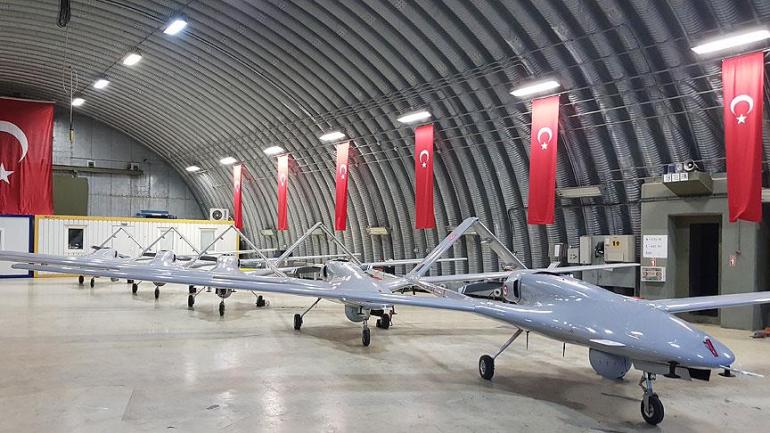To support and to serve the army of the Faithful who had settled in the countrya warrior-caste whose privileges resulted from their religionwas, in Servia, as in all the other provinces of Turkey, the lot of the ltnja. They were compelled to till the land, and to pay the taxes. Let us consider what these were.
The subjectwho, in the event of proving refractory, would be doomed to death or imprisonment pays poll-money to the Sultan, according to the ordinances of the Koran: “ Oppress them,” it is said therein, concerning the Infidels, “until they pay poll-tax and are humbled.”
To this verse of the Koran the Turkish sultans have always appealed, when at any time they, like Achmet 11., have found themselves under the necessity of enacting new laws regarding taxation.* Every male, from seven years of age, is obliged to pay the poll-tax to the end of his days. The tesl’cres, or stamped receipts, which are sent from Constantinople, serve at once as proofs of acknowledged submission, as certificates for protection, and as passports for those by whom they are received.
In the Servian territories there were still some districts remaining under Christian Kneses, or princes; for instance, the Krciina, which was under the hereditary dominion of the Karapand- shitsch, who enjoyed princely authority. And although it may not be true that they possessed the privilege of forbidding any shod horse belonging to the Turks to set foot on their domain, they had the right of refusing to allow a Spahi or a native Turk to settle on their land.
They paid their customary tribute to a Beg, who resided in Kladowo. In a nearly similar manner the Rash- kowitsches for some time had possession of Stariwla. Ivliutsch was governed by elective Ivneses. In the Paclmlic of Belgrade, however, which by way of pre-eminence was called Serfwijaleti, the Spahis were regarded as the proprietors of the villages.
Compared with former times, the Spahis had this advantage, that their rights had by degrees become hereditary: but hence it followed that these were more rigidly fixed than formerty.
They received a tithe of all that the field, vineyard, or beehive produced ; and also a small tax on each head of cattle. Moreover, they had a right to demand for themselves a tax, called Glawnitza, of two piastres, from every married couple. To avoid unpleasant inquiries into the extent of their income, many persons added a portion of the tithe to the Glawnitza. In some parts of the country the people agreed to pay the Spahis for each married couple, whether rich or poor, ten piastres a year in full of all dues. This was at once accepted, as it enabled the Spahis to ascertain the amount on which they might annually reckon.



